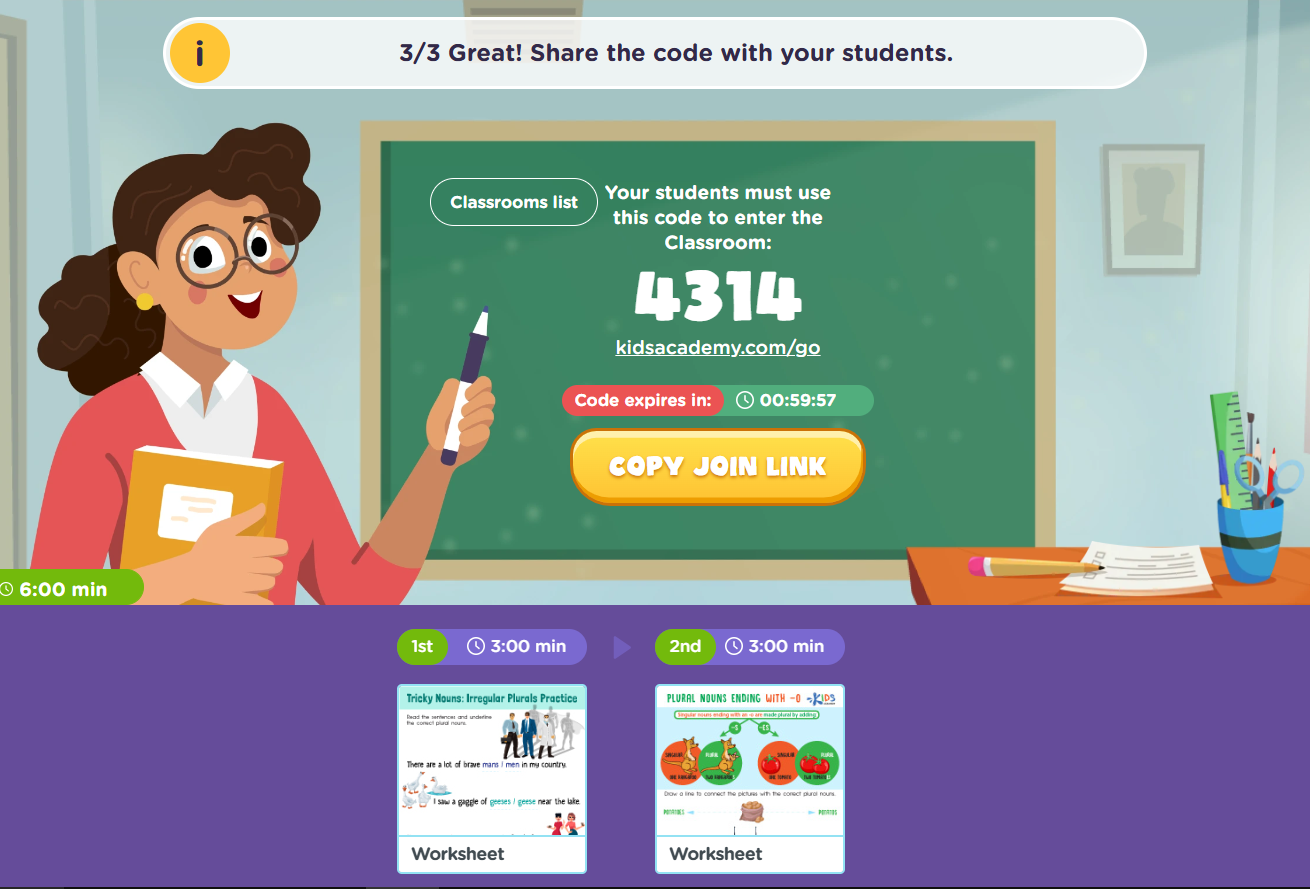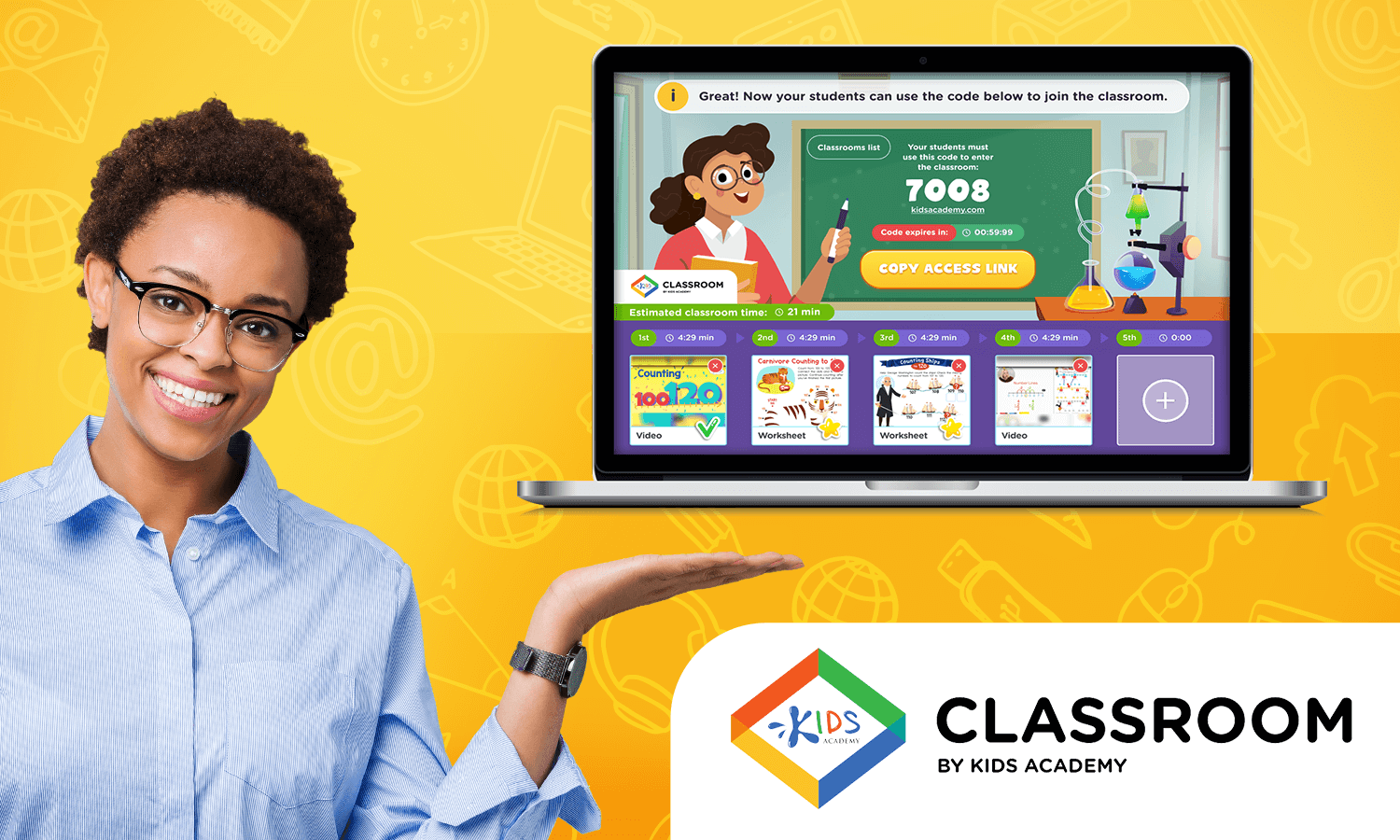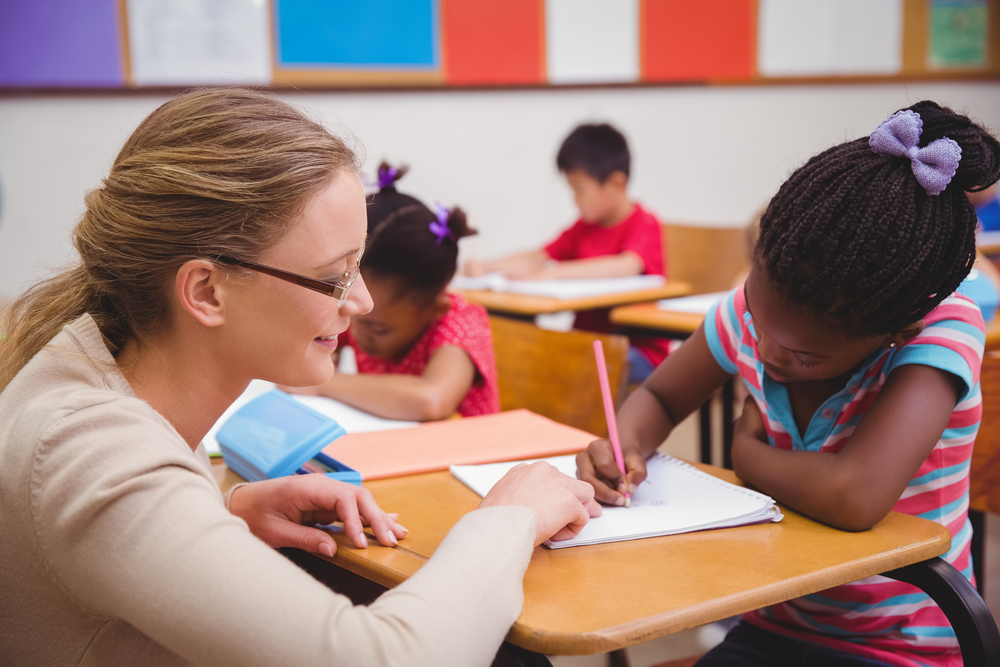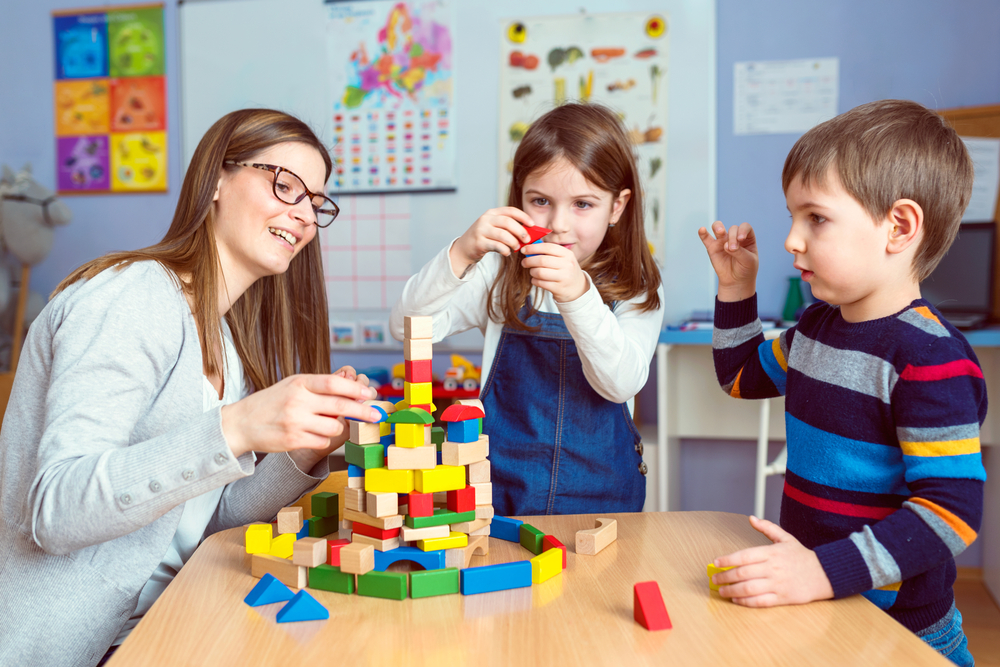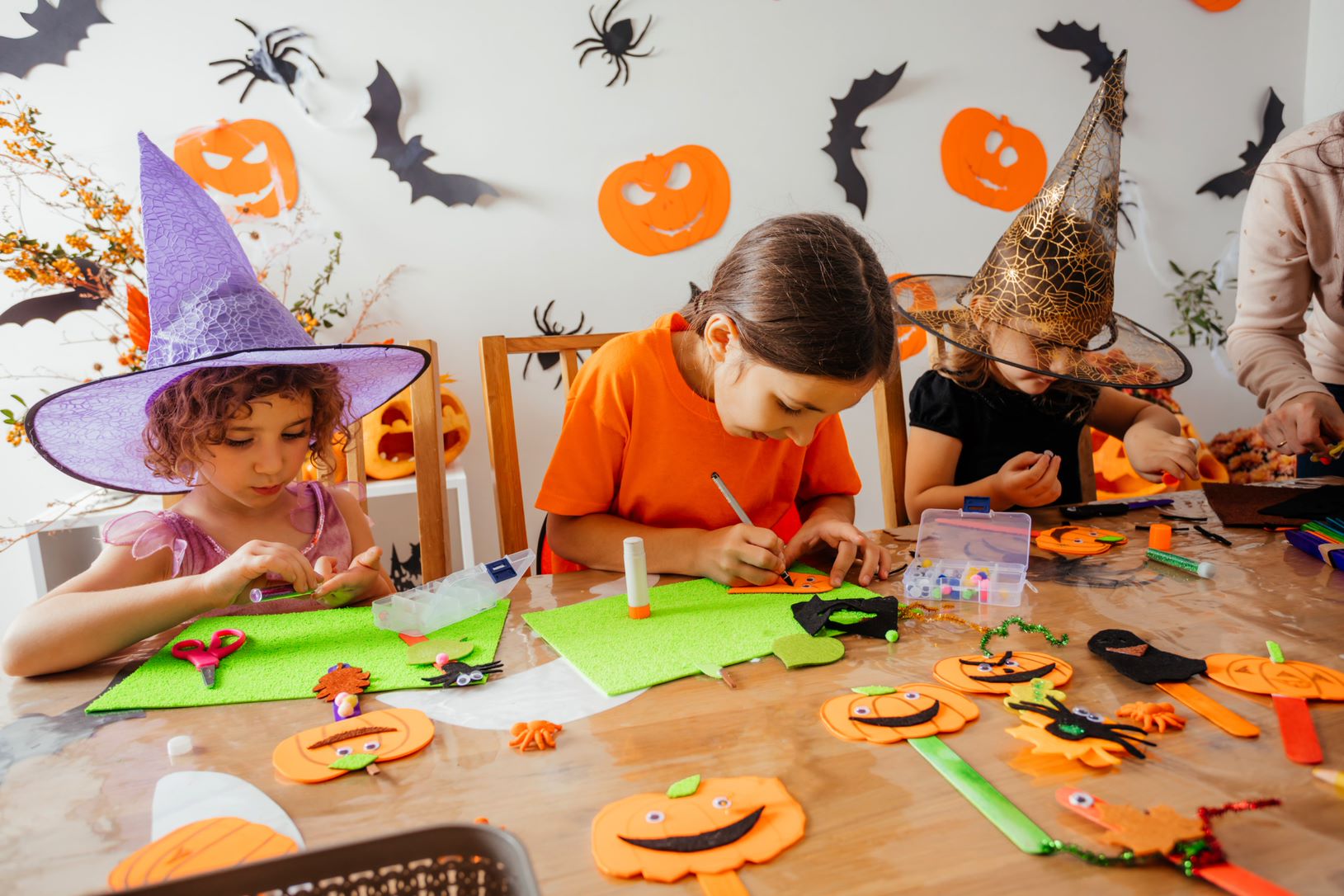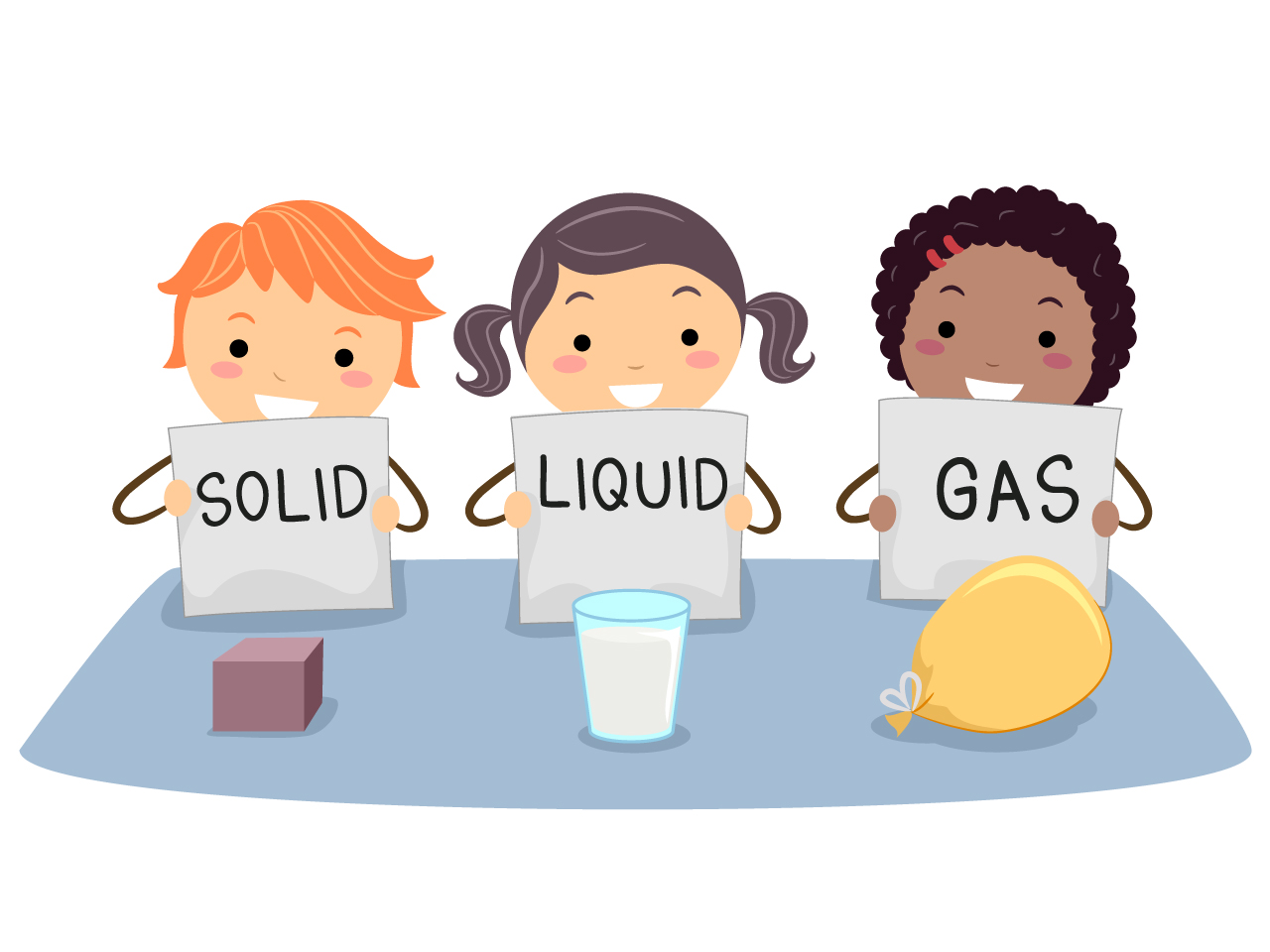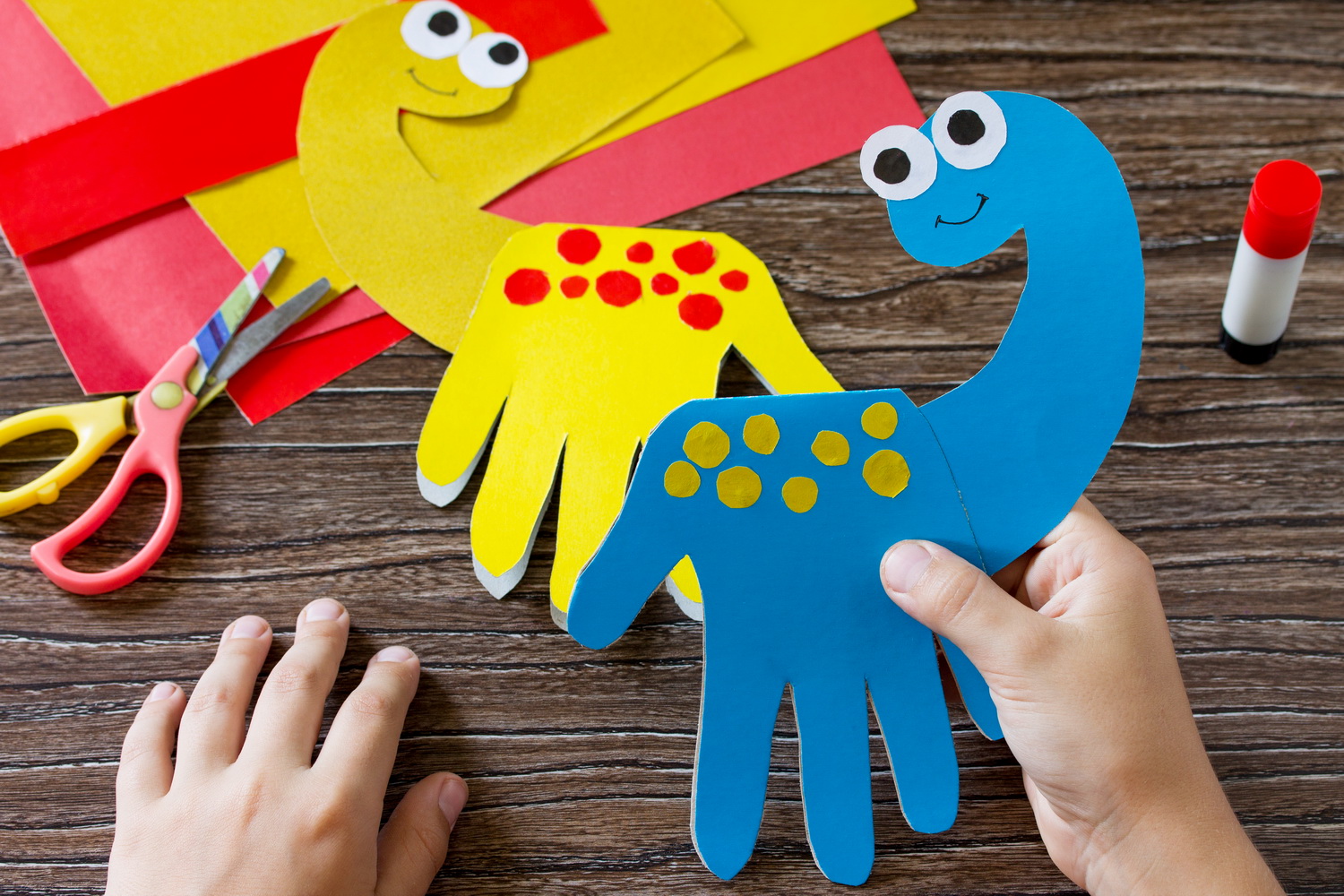Grammar. Parts of Speech for 2nd Grade. Singular and Plural Nouns.
Dec. 23, 2021
When you and your kids leisurely walk in the campus, mall, park, and any other place you oftentimes visit, you can see different people, items, areas, or pets in varying numbers. There can be a single thing that stands out. At the same time, there can be similar things that are gathered all in the same place. With this scenario, you will use nouns to pertain to one person, thing, place, or animal and to point to two or more of them. You can introduce to your children the concept, singular and plural nouns.
If a noun refers to only one person, thing, place, or animal, it is called a singular noun. Examples of singular nouns are:
Person: brother, hero, boss.
Thing: wish, lens, buzz.
Place: zoo, shop, beach.
Animal: crab, fox, turtle.
If a noun pertains to two or more persons, things, places, or animals, it is termed a plural noun. To instill to your kids the difference between singular and plural nouns, the previous examples will be given plural counterparts. With your help, ask the children to read and examine the pairs below.
brother – brothers,
hero – heroes,
boss – bosses,
wish – wishes,
lens – lenses,
buzz – buzzes,
zoo – zoos,
shop – shops,
beach – beaches,
crab – crabs,
fox – foxes,
turtle – turtles.
By asking your kids about what they notice in the plural forms of the nouns, they will be able to conclude that “s” and “es” are added to singular nouns to pluralize them. You can explain to them that most plural nouns end with -s. However, some nouns require -es to become plural; these nouns usually end with ch, s, sh, ss, x, and z; whereas the nouns ending with the vowel o can either be added with -s or -es. Let your kids think about their own examples.
Your kids should know the difference between singular and plural nouns for the reason that recognizing the distinction is very useful in their daily lives. It depicts accuracy. When you ask them what you should bring home for them, they say bars of chocolate, if they want more than one bar. At school, when their teacher told them to bring highlighters, they should at least have two on hand. If there is a community event and each child should be accompanied by a guardian, every kid is only allowed to have one adult companion, as opposed to being instructed to have guardians to go along with each of them. The following kid’s worksheets strengthen their knowledge of singular and plural nouns and develop their skills on applying them in conversations suitably:
The first worksheet, "Singular or Plural? Worksheet", tests the understanding of your kids on singularity and plurality of nouns by associating the nouns with illustrations. By requiring them to match the words with their equivalents, the fine motor skills and visual skills are also tapped. When they are able to identify the correct answers, they now have the basic knowledge to distinguish singular nouns and plural nouns. You can find this helpful activity here.
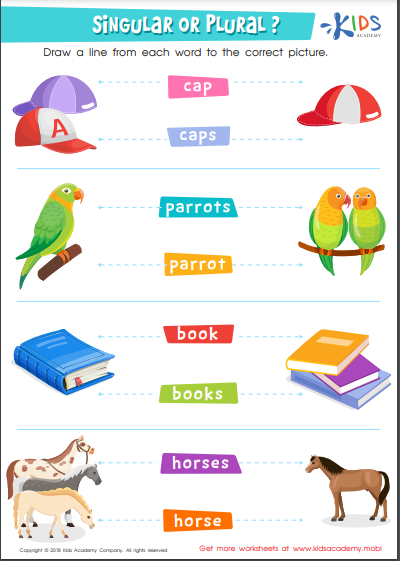
The second worksheet, "Regular Plural Nouns Worksheet", adds a level of difficulty, as the nouns have already been used in specific contexts. Your kids can also imagine situations while they are using plural nouns. Click here for this exciting learning activity to test their comprehension on plural nouns used in sentences.
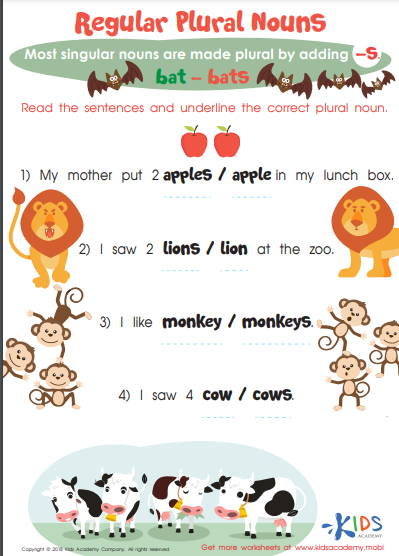
The third worksheet, "Plural Nouns Ending with -o Worksheet", sustains an atmosphere of the challenge for your kids as they will determine whether the nouns ending with o needs an -s or -es. This is a stimulating learning activity since they are tasked to weigh which of the choices (e or es) is the correct addition to each given word.

The fourth worksheet, "Plural Endings Maze Worksheet", is the final assessment of your kids’ learning for this topic. This is a maze activity wherein the route can only be discovered when they know how to pluralize nouns. It is imperative to trace the path by identifying which nouns need es to create their plural forms. They cannot solve the problem if they have not acquired the mastery of this lesson. To determine whether they have mastered what you have taught them, find this engaging activity here.
Kids Academy Classroom allows you to assign these activities to your kids and monitor their progress. Use this bite-sized lesson on irregular plural nouns as a basis and enrich it with activities of your choice from our Resource Library. Open the lesson in the Classroom.
Or go directly to the Classroom page and create any classroom you want in a couple of clicks! After students complete the lesson, you'll get access to a report about their performance.
Having experienced the fun learning process through the use of the four worksheets, your kids will not anymore be puzzled with the distinction of singular and plural nouns, their uses, forms, and purposes. Thanks to your help! Your children are now ready for the next lesson, Irregular Plural Nouns. If you want, use more worksheets, check the Kids Academy website.


